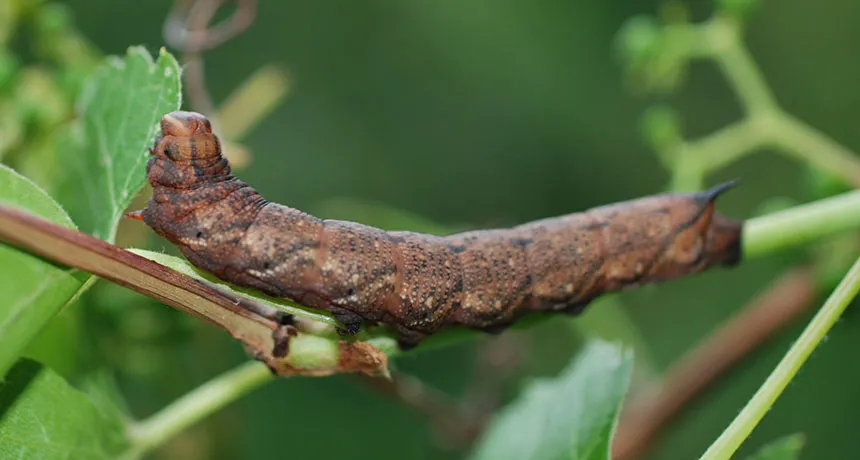This scratchy hiss is the closest thing yet to caterpillar vocalization
Pulling air into the gut helps sphinx hawk moth larvae make their own teakettle howl

HEAR ME ROAR Annoy this Nessus sphinx hawk moth caterpillar and it will create a hissing noise, perhaps similar to the way teakettles whistle.
J. Yack






